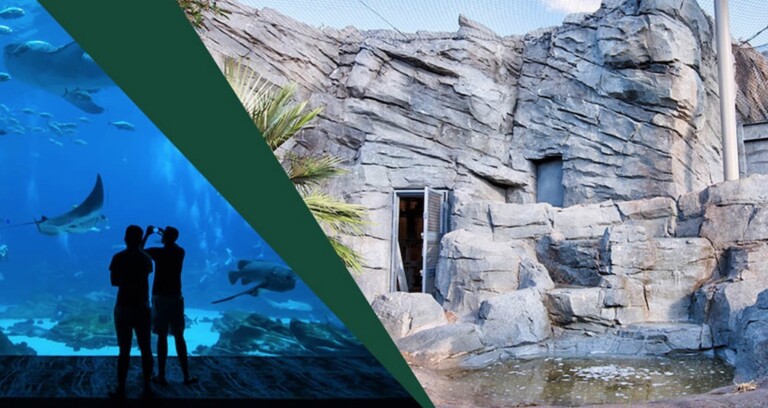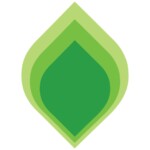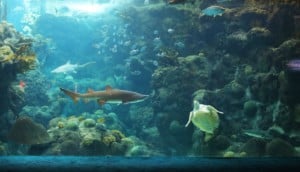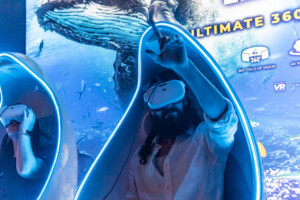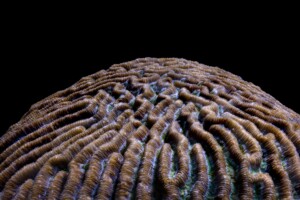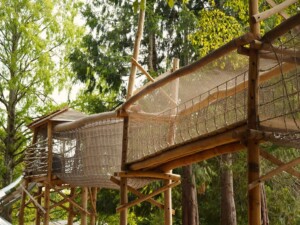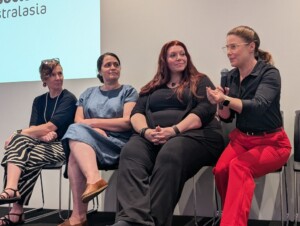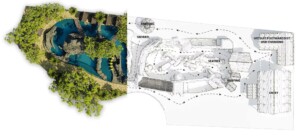Nassal, a leading global speciality theming fabricator and program manager, has revealed four major trends that are reshaping the zoo and aquarium industry, transforming how these institutions operate, engage, and evolve. With its experience in the sector, the firm is seeing firsthand how these trends intersect with design, fabrication, and guest experience.
1. Designing for welfare first
Zoos and aquariums now focus more on animal welfare, from care to environment design. No more flat habitats; exhibits now emphasise species-specific behaviours, movement, and enrichment.
From rockwork that mimics natural terrain to multi-species environments that foster social interaction, habitat design is crucial to both the guest experience and animal welfare. Institutions are also rethinking long-term care, with adaptable environments that support geriatric animals, such as wider walkways, softer substrates, and climate-controlled shelters.
Nassal has seen this philosophy come to life in projects like the African Forest exhibit at the Jacksonville Zoo, where the company fabricated sculpted rockwork and root systems designed to mimic the natural environment of African species.
These elements provide shade, texture, and terrain variation, supporting animals’ physical and behavioural needs, and highlighting the role of scenic fabrication in long-term welfare.
Similarly, at SeaWorld’s Antarctica: Empire of the Penguin, Nassal collaborated on expansive animal habitats where the rockwork was not only sculpted to feel immersive to guests, but also carefully planned to promote natural movement and behaviours for the animals in residence.
This balance between visual storytelling and functional design brings the craft to life. Kevin Rogers, Nassal’s senior project manager, who has worked on 15+ zoo and aquarium habitats, says
“There’s something incredibly rewarding about recreating a natural landscape from somewhere around the world and making it feel authentic and alive. What makes it even more meaningful is working closely with the animal care staff to ensure every detail of our work supports the animals’ needs, health and wellbeing.
“We’re not just building something that looks great, we’re building exhibits that enrich the lives of the animals. When guests experience these exhibits and learn about animals they might never otherwise see, especially animals from the other side of the world, is really cool.”
2. Elevating ethical engagement & conservation education
The visitor experience is also changing. Instead of just transactional interactions, zoos and aquariums are focusing on more purposeful, educational experiences. This includes curated routes, themed signage, and peaceful observation spots rather than flashy interactions.
Conservation education is central to this shift, with institutions integrating conservation messages throughout the guest experience—from pre-visit content to interpretive graphics and digital touchpoints. The aim is to connect guests with the animals, their ecological stories, and the roles humans play.
Zoos and aquariums are increasingly positioning themselves as proactive defenders of biodiversity through partnerships with global initiatives, habitat-specific campaigns, and on-site conservation labs and programs. Their messaging has shifted from passive to a direct call for action.
There has been a rise in immersive storytelling where architecture and scenery do more than look good—they set the tone for respect, discovery, and empathy. These environments help visitors connect with the mission beyond the moment.
Nassal supports this shift through scenic environments that serve as interpretive tools, settings that educate as much as they inspire. Whether it’s a fabricated root system that subtly explains erosion and ecology, or realistic rockwork that anchors conservation signage, Nassal aims to help visitors understand not just where they are, but why it matters.
3. Immersion as a design imperative
Immersive environments are no longer confined to theme parks. Today’s visitors expect zoo and aquarium exhibits to be equally immersive.
Nassal is helping design experiences where the line between guest and habitat almost vanishes, whether it’s a walk-through aviary, a cascading jungle trail, or a recreated African riverbank with sculpted roots and shaded hideouts.
The key is blending authenticity with durability, safety, and accessibility. Each fabricated rock, branch, or cave isn’t just scenic; it’s structural, often hand-sculpted to support animal interaction and guest flow. Scenic design and animal care now work together.
Nassal realised this vision at the Mississippi Aquarium by creating an iconic entrance feature that combines naturalistic rockwork, sculptural sails, and a water element.
These elements create a visual moment and set the tone for an immersive experience. Every material, texture, and curve was designed for both aesthetics and function, ensuring a lasting, layered first impression.
4. Designing for all ages & abilities
Today’s zoos and aquariums embrace inclusive design, both physically and in storytelling. They offer layered educational experiences: simple, interactive touchpoints for young visitors and nuanced, conservation-focused content for all ages.
This approach enhances physical accessibility, from sensory zones to mobility paths and exhibit sightlines. The industry is rethinking its approach to welcoming all guests, focusing on equity, not just ADA compliance, for staff and visitors of all abilities.
Throughout Nassal’s projects, the firm incorporates these considerations from the beginning. It collaborates with partners to ensure scenic elements improve mobility and visibility, allowing environments to be experienced from various perspectives—visually, physically, and cognitively.
Director of rockwork Stephen Dodson says designing with inclusivity in mind doesn’t limit creativity; it elevates it:
“We think about how every visitor will experience a space, from a child looking up in awe, to someone navigating in a wheelchair. Rockwork isn’t just about scale or spectacle, it’s about creating access points for wonder.”
Looking to the future
As the second half of the year unfolds, zoos and aquariums are rewriting the playbook. Leading institutions understand that the future isn’t about choosing between animal care and guest experience but about designing for both.
Nassal says it is proud to be part of that shift, helping its partners create environments that are immersive, educational and deeply intentional.
Earlier this year, Nassal revealed key trends in themed construction for 2025, looking ahead to unprecedented growth in the hospitality, gaming, and entertainment construction sectors
